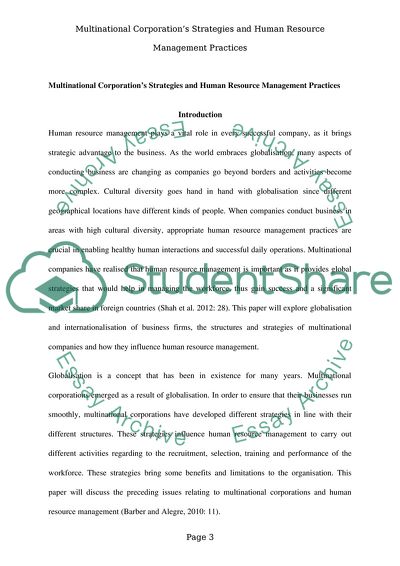Cite this document
(“Case Study Report Essay Example | Topics and Well Written Essays - 3000 words - 2”, n.d.)
Case Study Report Essay Example | Topics and Well Written Essays - 3000 words - 2. Retrieved from https://studentshare.org/human-resources/1625359-case-study-report
Case Study Report Essay Example | Topics and Well Written Essays - 3000 words - 2. Retrieved from https://studentshare.org/human-resources/1625359-case-study-report
(Case Study Report Essay Example | Topics and Well Written Essays - 3000 Words - 2)
Case Study Report Essay Example | Topics and Well Written Essays - 3000 Words - 2. https://studentshare.org/human-resources/1625359-case-study-report.
Case Study Report Essay Example | Topics and Well Written Essays - 3000 Words - 2. https://studentshare.org/human-resources/1625359-case-study-report.
“Case Study Report Essay Example | Topics and Well Written Essays - 3000 Words - 2”, n.d. https://studentshare.org/human-resources/1625359-case-study-report.


